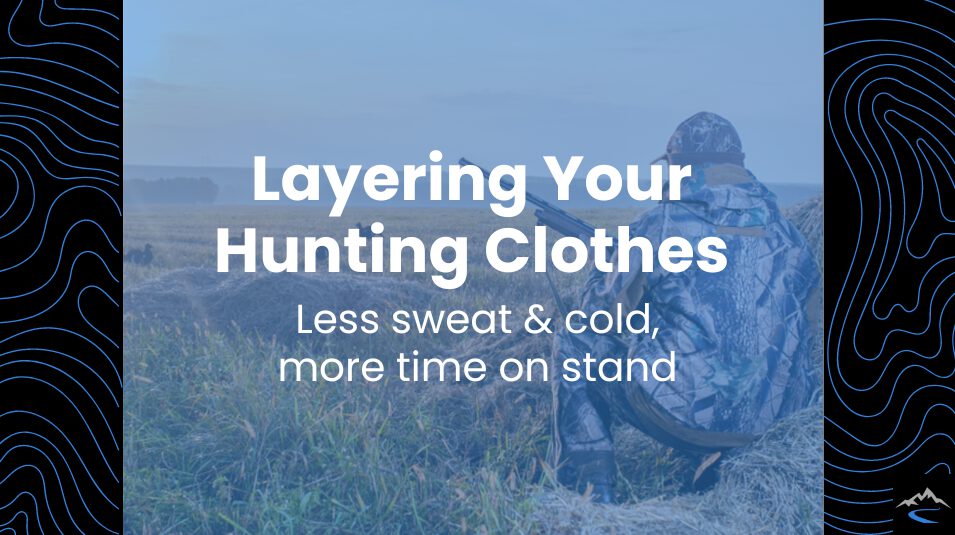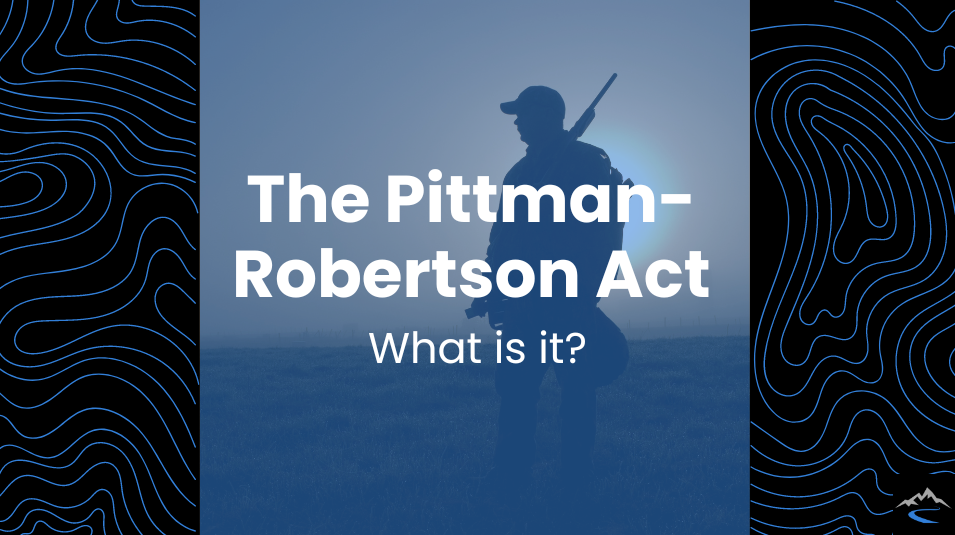In This Article

In This Article
Guide to Layering Your Hunting Clothes
Whether you’ve been getting cold on the stand, or you’re tired of a bulky sleeve knocking your arrow off course, you’ve come to the right place to fix either of these two scenarios. What we wear once we leave the truck and get in the field matters, whether you’ll be out there for a few hours or a few days.
Many hunters (including myself) have lived the “hand-me-down hunting clothes life, where we pile on as many oversized coats as we can and just hope it doesn’t rain. While that’s not a bad way to go when you’re learning the ropes, as you begin to get serious about stalking bucks and calling birds, you need to get equally as serious about your clothing choices.
The truth is that hunting clothes are all about layering. Many companies have come out with complex clothing systems that allow hunters to dress for any conditions any time of year. Truth be told, for most hunters, there are about four to five essential pieces of clothing that can cover all your hunting needs. So, let’s jump in and see how to layer your hunting clothes for maximum comfort.
Base layer
Arguably the most important part of the layering system is the base layer. The clothing that is up against your skin is what will be the difference-maker for whether you’re comfortable or miserable. There are two primary materials that are used for the base layer. Merino wool and synthetic are the two most popular options among hunters and for good reason.
Merino Wool
Merino wool is our personal favorite base layer material and overall material in general. Merino wool is great because you can wear it at any temperature. It’s lightweight and breathable for the warm spring turkey hunts but keeps your body heat in and stays warm when it gets wet for those cold November days on the stand.
Many companies make different kinds of merino wool base layers at different wool weights for different temperatures. For example, First Lite makes base layer tops and bottoms in 15 (ultralight), 250 (midweight), and 350 (heavyweight). With the ultralight pertaining more to those spring hunts, and the heavyweight for the colder days of the late season.
Another benefit of merino wool is that it naturally blocks scent. The fibers are so fine that bacteria has a hard time building on the material preventing odor from building as you sweat. The only downside to merino wool is its durability. While a well-made pair of merino wool pants will last you a long time, the fibers will likely wear out quicker than if you were to go with synthetic material.
Synthetic
Synthetics are another good choice if you’re looking for an alternative to merino wool. Some benefits of synthetic or polyester material is that it will dry much quicker than merino wool will. So while it doesn’t have the benefit of remaining as warm when wet, it will dry much faster.
Synthetic materials are also more durable than merino wool however they don’t have the scent blocking capabilities that merino wool does. I would recommend synthetic materials for anyone that will be in the field for 24 hours or less. If you’re going to be out there for multiple days. Merino wool is the way to go. (at least it is for me because I’m a heavy sweater and get sticky pretty quick…)
Mid-Layer
As we move to the mid-layer, there are different opinions and options out there for you to try and it really just depends on your individual situation and the conditions you’ll be hunting in. Some people will wear a merino wool or fleece mid-layer on top of their base layer. The idea being that it will help wick sweat and moister from the base layer and provide some extra insulation.
If you’re hunting in cold conditions, this is a layer that we would recommend. It’s important to remember that the idea of layering is that you can take off and put on different amounts of clothing and change your layering to the conditions and your body temperature. Having an extra merino wool or fleece mid-layer is never a bad idea as you can always tuck it away in your pack if you end up not needing it.
The mid-layer that is very important is the insulation layer. This is going to help keep your body heat in and provide wind resistance which is the real killer. These insulation mid-layers are often made of down, which is a lightweight, durable, insulating material.
There are other options out there in terms of material, but you can’t go wrong with down. This is also a good time to mention that you want to make sure you’re sizing these pieces of gear correctly. Remember that your down jacket will be going over a base layer and potentially an extra fleece mid-layer. It’s important to plan out your sizing so that when you’re in the field you remain comfortable and can easily move in your clothing.
Outer Layer
Your outer layer is essentially your mobile tent. While your base and mid-layers are keeping you warm, the goal of your outer layer is to get out of the elements. Your outer layer is going to be a protective shell that will keep you on your hunt through harsh wind, snow, rain, thick brush, and anything else mother nature will throw at you.
Your outer layer is likely what will change the most depending on your scenario. If there is rain in the forecast, it’s going to consist of rain gear (we would recommend always having rain gear in the truck or in your pack). If you’re going to be in negative temperatures, you’ll want some extra insulation. Your outer layer needs to be durable and able to withstand the elements. These outer layers can range from synthetic materials to nylon or polyester depending on the brand and purpose of the coat or jacket.
Bottoms
When it comes to bottoms, the base layer is still very important. A pair of merino wool boxer shorts is what we use for general use and if temperatures get really low, we break out a full-length merino wool base layer. As far as pants go, we have found that durability is important.
As you move through brush and thickets, your pants will get torn up if they aren’t made of strong and durable materials. We opt for merino wool pants due to their warmth, odor resistance, little noise during movement, and if they are a quality pair of pants, they have enough durability for our purposes.
Layering is a great way to be comfortable and effective in the field. While we don’t have a problem with bulking up the hand-me-downs, once you invest in a quality layering system, we doubt you’ll chase game any other way.



